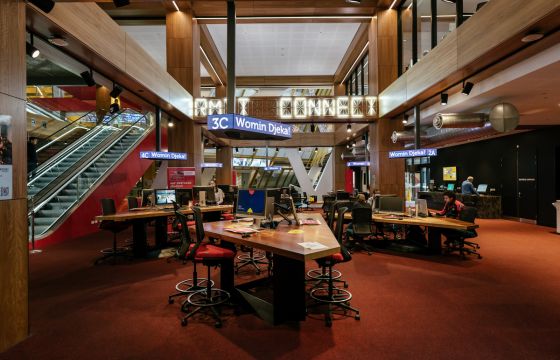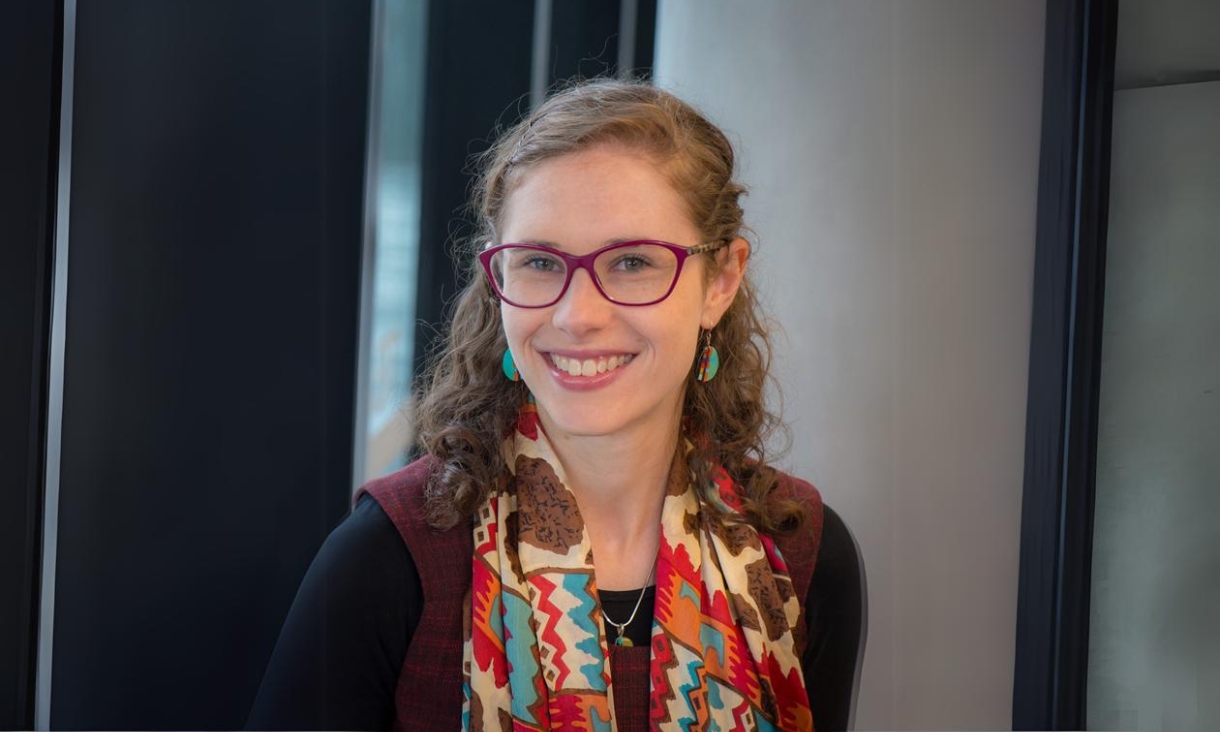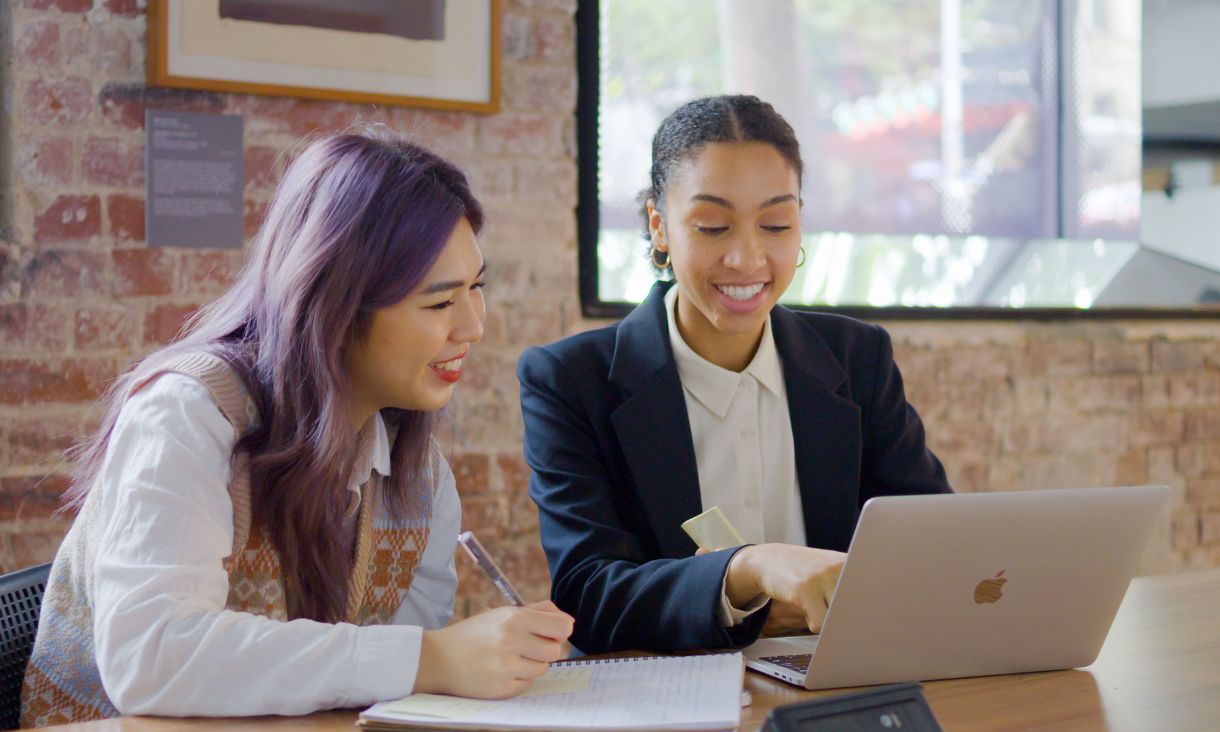Dr Deborah “Deb” Wise is a Senior Lecturer and Program Manager for the Bachelor of Communication (Public Relations) degree. Deb teaches the courses Public Relations (PR) Practice and Public Relations (PR) Campaigns. In her short time at RMIT (just over two years) she has transformed these courses and the broader program by creating a pedagogical strategy for developing employability skills by combing career development learning (CDL) and work integrated learning (WIL) with real-life industry projects for students to undertake as assessments. Deb discussed this strategy and it’s benefit for her students.
What is the PR Campaigns course you teach?
PR campaigns is a capstone and designated work integrated learning (WIL) course offered in the final semester of the project. This course integrates the skills and knowledge students have gained throughout their studies – writing, strategic thinking, creativity and theoretical frameworks – and is designed to prompt students to reflect critically on current public relations practices. To do this, students undertake a project that replicates a consultancy client brief. Students are assessed in a workplace context, simulating industry factors such as timelines and budgets.
The final project has seen many iterations over the years. At one point, students undertook this project individually and were tasked with creating a dissertation report on a current issue in the PR industry. In 2021, I wanted to implement more practical elements of PR practice into the curriculum. While the report gave students' strong skills and research and analysis, I wanted to deliver on more skills students will need when transitioning into the industry: campaign creation, strategic thinking and creativity. I felt shifting the assessment towards practical projects would best deliver on WIL course requirements: integrate theoretical learning with practical application in professional contexts. This style of learning would shape students into well rounded future comms practitioners and close the gap between university and industry.
How did you incorporate practical application of professional contexts into the course?
To address the WIL course requirements, I divided the course into two six-week phases: career development learning (CDL) and work integrated learning.
At the time of writing the course syllabus in mid-2021 Melbourne was also entering its fifth COVID-19 lockdown, and the course would need to be delivered entirely online. This challenge led me to incorporate greater practical tasks and exercises into the course to maintain student engagement in an online learning environment.
Phase 1 consisted of career development learning exercises and assignments designed to broaden students' soft skills and prepare them for working in industry, but also for working as part of their team on the WIL task in phase 2.
Over the course of six weeks, students learnt how to Give and receive feedback, developed Agile ways of working skills, learnt the Public Relations Institute of Australia’s (PRIA) Code of Ethics, and created career development plans.
To expand on these learnings, I created exercises in class for students to put their knowledge into practice. Students were tasked with giving feedback to and receiving feedback from their classmates, incorporating agile ways of working into their WIL task in phase 2, and challenged to consciously think about and uphold the PRIA code of ethics in their work throughout the semester.
At the end of phase 1, student reflected on their learnings to show them how they have improved over the course of phase 1.
In Phase 2, students then applied their professional knowledge gained throughout their degree and workplace skills developed in phase 1 into a real-life industry project as part of their assessment: a comprehensive communications campaign for the PRIA Pitch This! National competition or a not-for-profit organisation (not all students were eligible to enter the PRIA competition, so an alternative client was provided).
The aim of the course PR Campaigns is to integrate career development learning and work integrated learning to transform student learning. It was thought that entering the competition where students were required to submit a 3-5 minute pitch to client and provide a 3-4 page comprehensive PR campaign report addressing the client’s needs would fulfill this requirement.
There was a challenge in aligning the course syllabus to the timing of the competition as client briefings were held outside of class hours, mid-week in the afternoon which meant some students were unable to attend. This was overcome by asking industry to record their briefings to provide to those not in attendance.
Classes in stage 2 revolved around giving students time to work in their teams on the WIL assessments, and to 'check in' with their tutor to discuss their progress and plans. All workshops were held online using the Collaborate Ultra platform and as is typical in industry, support teams were used throughout the course so that students could support one another and provide feedback. The expectation was also that students would ‘work out for themselves’ how to complete the various tasks in both phases.
What is the benefit of CDL and WIL for students?
The objective of concurrently combining career development learning (CDL) and work integrated learning (WIL) into a single 24 CP capstone course was to create a pedagogical strategy for developing employability skills to enhance student learning outcomes.
While the approach used is a somewhat novel, an Australian study found that providing a combination of CDL and WIL in university courses optimises student employment potential (Reddan & Rauchle, 2012). Research further indicates that career development learning is essential to prepare undergraduate students for a competitive employment market (Reddan & Rauchle, 2012; Smith et al, 2015), and it has been shown to be an effective ‘two-way mirror’ for reflective learning (McIlveen et al, 2011).
This is evidence in the student team selected to represent RMIT in the PRIA Pitch This! Competition, winning against a highly competitive field of team from PRIA accredited universities across Australia.
Why is it important to participate in industry competitions?
The industry competitions provide an added degree of credibility to what we teach and give students exposure to the public relations industry. The competition review process provided students with high-level external feedback from experienced industry professionals on what they did well and what they could improve on.
This validates that studying PR at RMIT University means you are taught industry best practice and gain relevant, practical skills, minimising the gap between university and industry. This process and the result have provided me and my teaching staff with the endorsement and confidence that we are doing/teaching the right things.
What was the most rewarding part of the course for you?
The PRIA Pitch This! Competition win was incredibly rewarding. The feedback from the judges included that the team’s campaign proposal was an “insightful observation”, “well-presented and structured”, had “excellent strategies” and was “very workable”.
Feedback from students was very positive, particularly towards the industry competitions with the overall sentiment that working for a real-world client heightened their learning. On the course experience survey, in response to the question ‘what are the best aspects of this course?” student comments included: “Doing course content that will actually help me in the industry”; “Ability to partake in PRIA competition. This gives students the ability to gain experience working with a real-life client”; “Great coursework” and, “Loved the link we had to PRIA for the Pitch This competition”.
One of the students in the student team selected to represent RMIT in the competition, Hannah Lewon, said the competition was highly impactful on her learning as it gave her the opportunity to gain industry experience and exposure that shaped her into a professional PR practitioner just in time for graduation and her journey into industry.
The student CES scores were also positive, with a GTS mean of 4.3 and an OSI mean of 3.9.
I was fortunate enough to have received the RMIT University College of Design and Social Context’s 2023 Learning & Teaching DVC award for learning and teaching innovation, WIL pedagogy. This was a surprise and delight and a huge career highlight.
Story by Khanya Sibeko, Communications Coordinator







